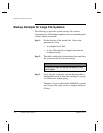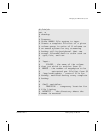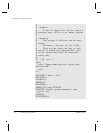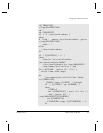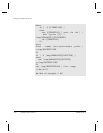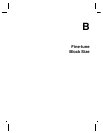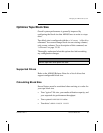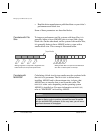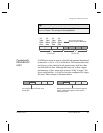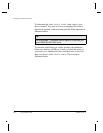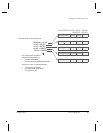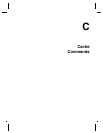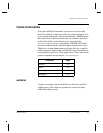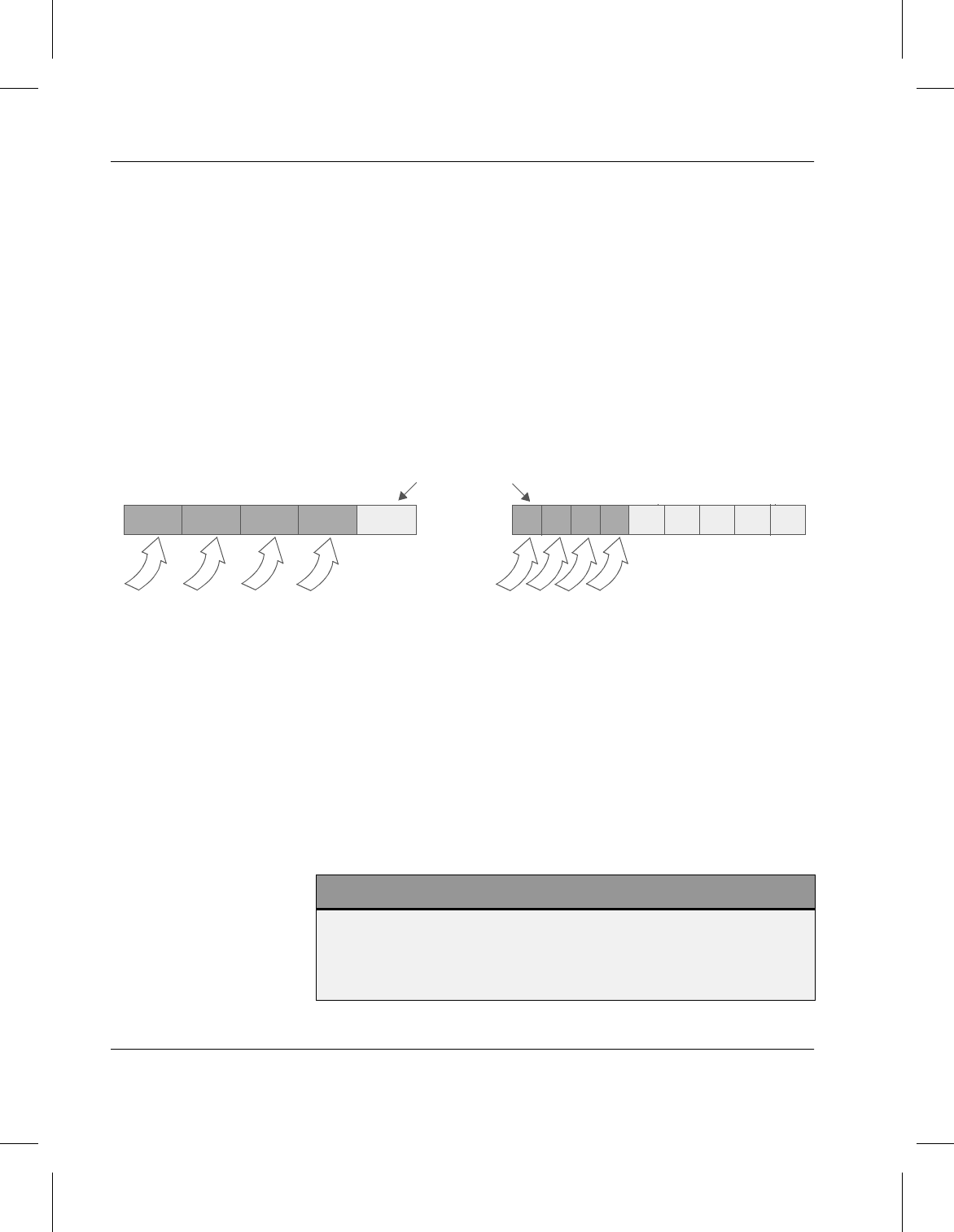
Managing the AMASS File System
B-4 Fine-tune Block Size 6-00028-01 Rev A
• Read the drive manufacturers published data on your drive’s
performance and block size
Some of these parameters are described below.
Correlate with File
Size
To improve performance on file systems with large files, it is
generally better to have AMASS write to a tape with a large
block size. On the other hand, on file systems with smaller files,
it is generally better to have AMASS write to a tape with a
smaller block size. This concept is illustrated below.
Correlate with
MAXIOSZ
Calculating a block size for tape media must be correlated with
the MAXIOSZ parameter. The MAXIOSZ is defined when
installing AMASS and is the maximum size, in bytes, that
AMASS uses to transfer data to and from the cache. The
MAXIOSZ value varies depending on the operating system
AMASS is installed on. For more information on MAXIOSZ,
refer to “MAXIOSZ” in Installing AMASS.
Writing large files to a tape with a large block size
takes less time, thus improves performance.
Writing smaller files to a tape with a smaller block
size does not waste space on the tape.
Tape Media
Caution
If you change the MAXIOSZ value after using AMASS, you may not
be able to read or write to previous volumes that were formatted
with the old MAXIOSZ parameter. At the very least, you will see a
significant decrease in throughput.



